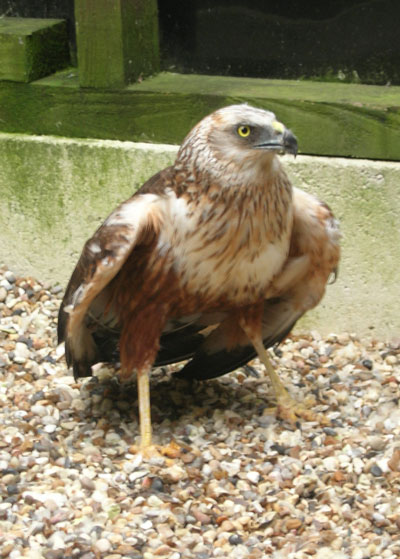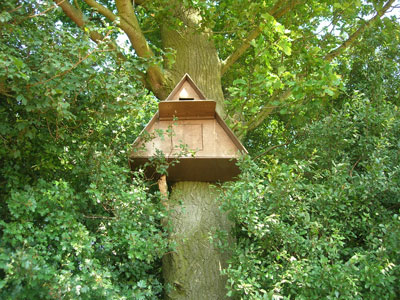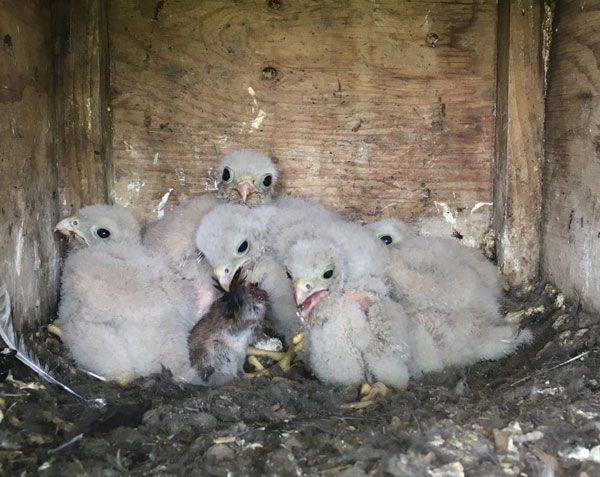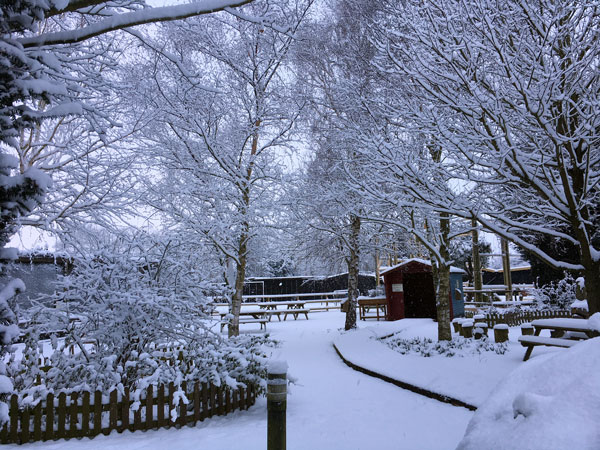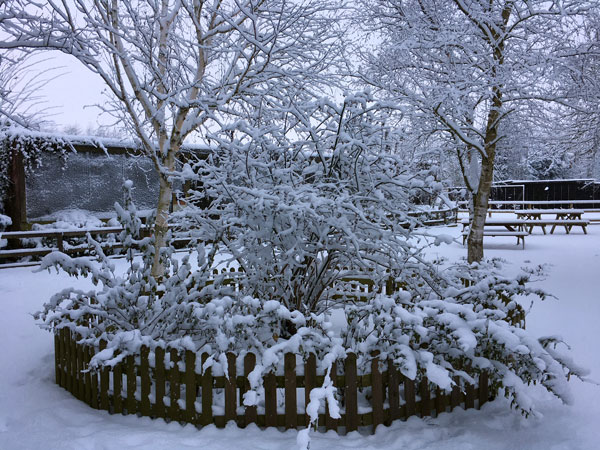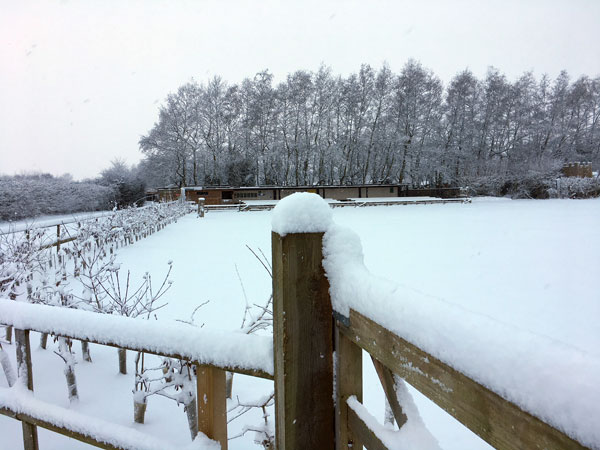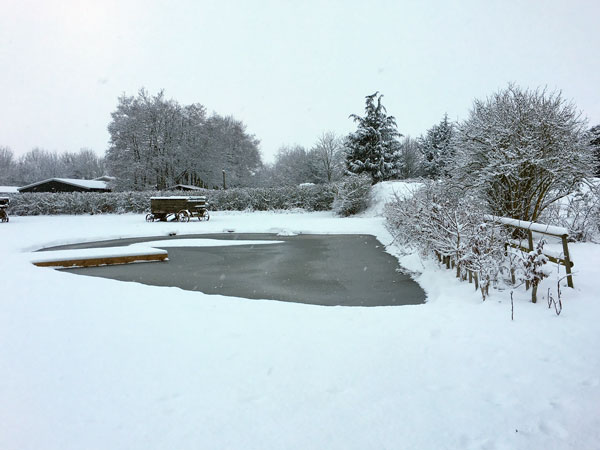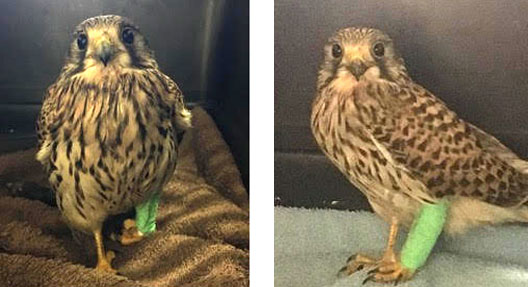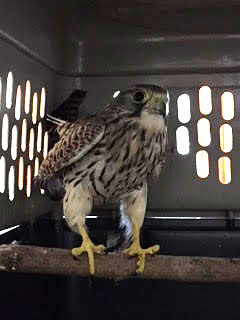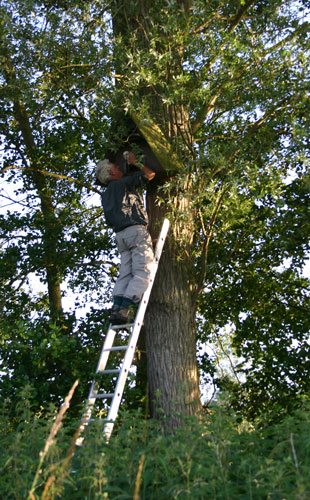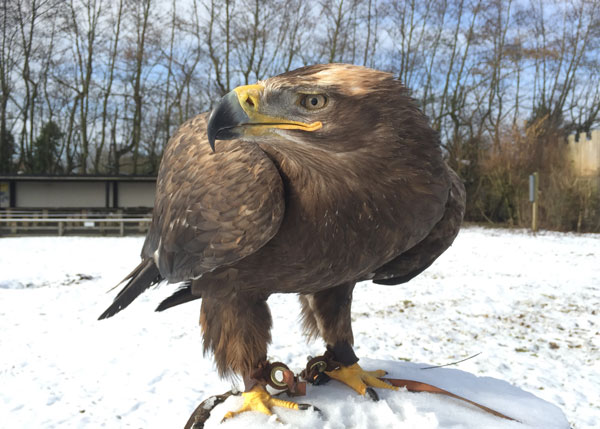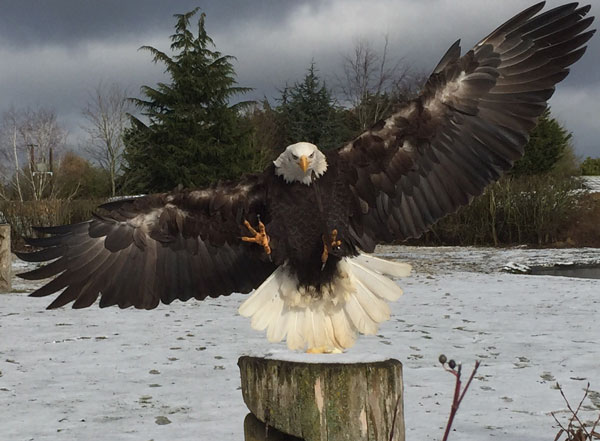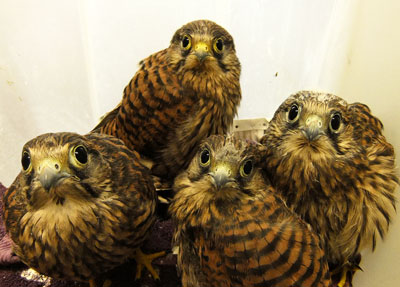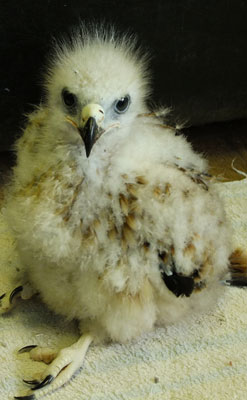In recent months there has been an increase in the numbers of buzzards brought into the owl sanctuary’s raptor hospital.
This reflects a general increase in buzzard numbers nationally and within the local area.
Found during the worst of the recent squally rainstorms, the mature bird had become completely waterlogged and had gone down in a muddy field, exhausted.
Once down in the deep mud, the poor bird became bogged down and the more it struggled to extricate itself from these circumstances, the muddier it became - the weight of the mud finally preventing flight.
On happening upon the saturated bird, the landowner realised that it needed assistance - a healthy, fit buzzard would have avoided human contact, however this bird seemed to have been rendered helpless through sheer exhaustion.
After being easily gathered up the buzzard was transported to the sanctuary’s hospital and immediately admitted.
An initial assessment concluded that the bird had suffered no accident or injury and a warm bath, good food and peace and quiet constituted the prescribed treatment.
After a week in the secluded rehabilitation aviaries with a regular food supply and protection from predators, the buzzard was returned to the area in which it was found and released back into it’s native habitat.
This was one of many incidents that prove the case for our aspiration to expand and develop our current rather cramped hospital accommodation.
Buzzards are large birds which need ample treatment room space and capacious areas for recuperation.
To this end, our fundraising drive continues to develop new hospital quarters affording plenty of wing space for the whole spectrum of owls and other birds of prey.
We would like to take this opportunity to thank all our supporters who have generously contributed to this latest project - we have been able to embark on the laying of the new hospital foundations this week!
Below: The exhausted and dishevelled buzzard awaits the first stage of his treatment…..a warm bath!








